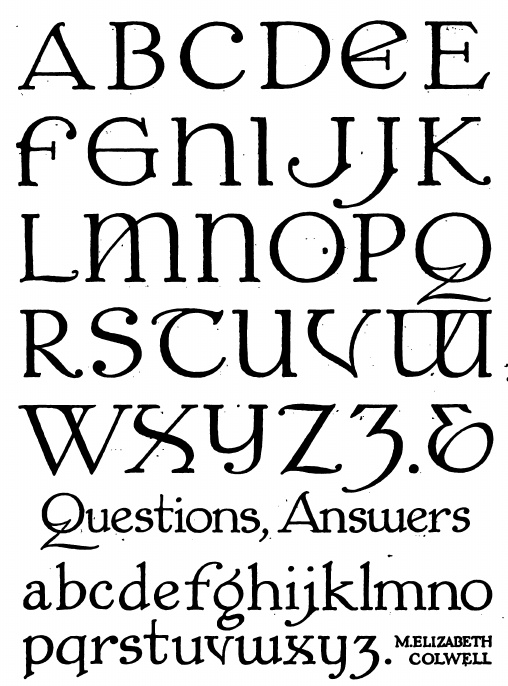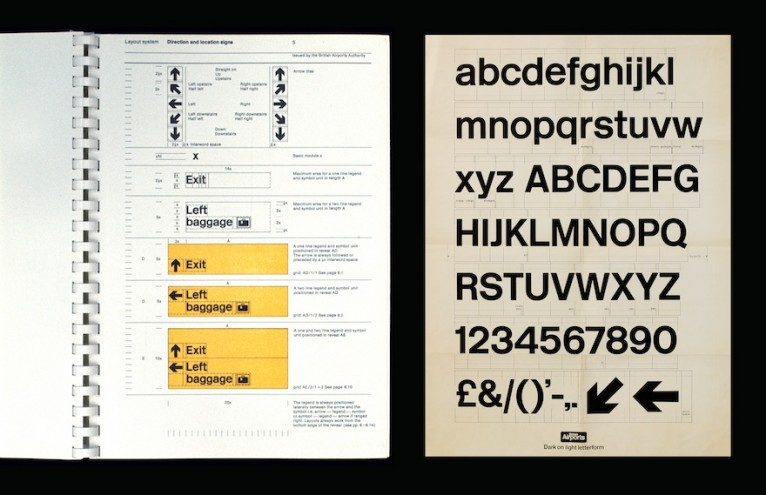At the start of the year, I said that I wanted to get away from illustration and develop my style further as a graphic designer by focussing on a range of briefs that were orientated around branding and visual identity. I believe I have achieved this as my portfolio now shows a breadth of work which focusses on banding from the visual identity of an app to an urban mountain and ski resort in Copenhagen.
I consider myself a problem solver and thrive when I am given a brief to overcome with a deadline to work towards. Therefore, this is one of the things I have found challenging this year as the lack of structure has made getting started on a project really slow. I feel this seriously hindered my progress this year as having no deadlines to work towards and no guidelines or problems to overcome made it really difficult for me to come up with briefs to get stuck into. In hindsight, I would have overcome this issue by entering a lot more competition briefs such as YCN and creative conscience, however by the time I realised I was struggling, it was nearing the competition deadlines. Saying that, my portfolio is now full of work that is unique to me and showcases my interests and beliefs, rather than showcasing work that follows the same brief as thousands of other students.
This year I'm also proud to say that I have successfully broadened my skill set by learning a lot more programmes that will benefit me when making my transition into the industry as a junior designer. I am now proficient at Adobe XD, After Effects, Lightroom and Glyphs mini. As well as this I can also take my own product shots to a high standard following a photography induction that I organised with a photography student earlier in the year.
I'm happy that I've managed to develop my style as a graphic designer rather than an illustrator, yet still feel I have a lot to learn and am excited to develop my practice further now going into the industry. One thing I have noticed myself doing a lot this year is comparing my work to other peoples, which is one thing I really regret as it's caused me to waste a lot of time rather than getting stuck in and developing my own work through experimentation and development. I've now learnt to stop using Pinterest as a source of inspiration and to instead get out into the world, going to exhibitions and do thorough, in-depth research in order to spark my creative process.
This year I have really tried to consider the impact of Graphic design on society and the environment by aiming to be as ethically conscious as possible. Through researching issues thoroughly, engaging with the industry I feel a lot more informed about these issues and am ready to put them into practice when I start my internship.



















































